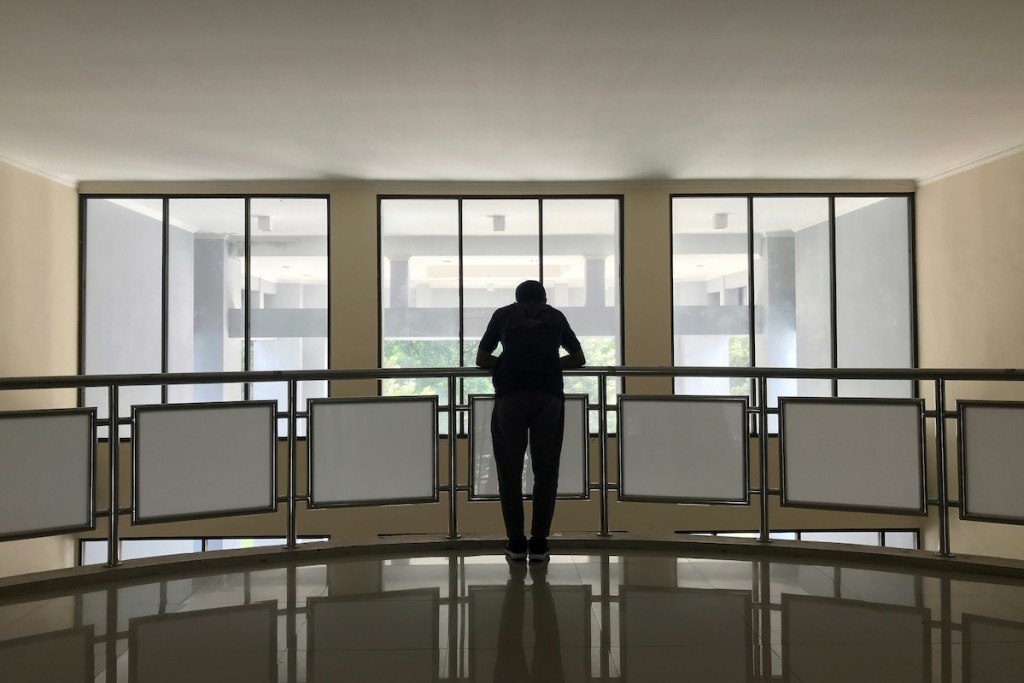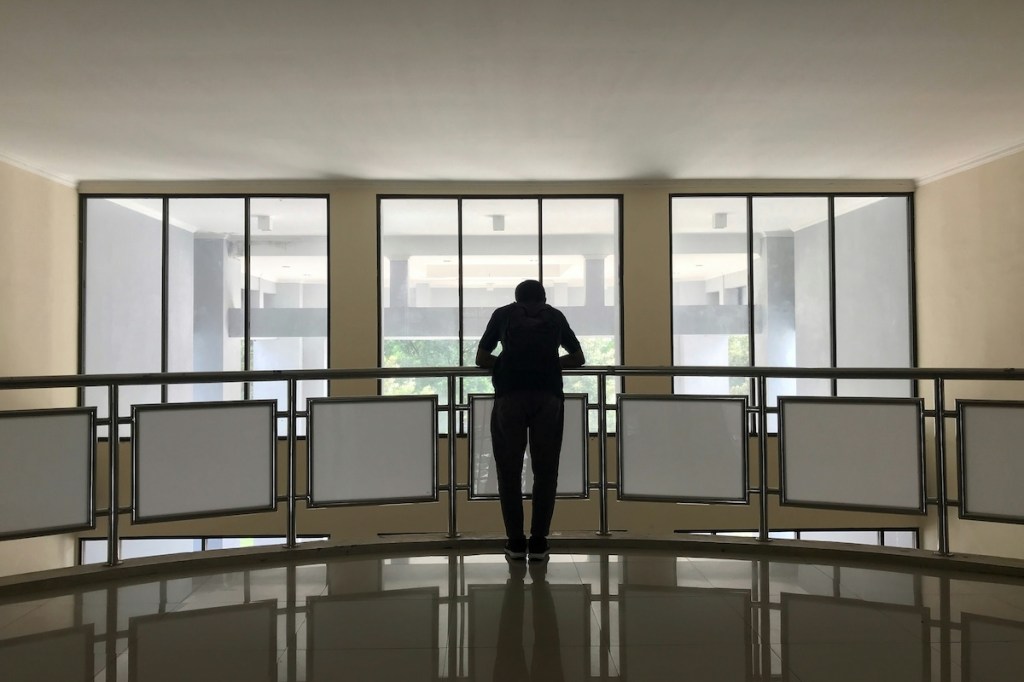

There’s a new term in the events industry: “meeting-decline guilt” — the emotional discomfort or anxiety people feel when they decline or cancel a meeting invitation, even when doing so is reasonable or necessary.
Most would agree that people who cancel at the last minute — or even worse, just don’t show up at all — should feel uncomfortable. For starters, it costs planners both stress and money.
Some estimates of the average number of no-shows for non-paid events are as high as 60%. This impacts all kinds of meetings, from hosted events for VIPs and clients to industry conferences. Attendees express their interest by registering, but then fall off.
However, specific strategies, from creating opportunities for attendees to network before the event, to setting cancellation penalties, to educating everyone on the implications of their decision, can often stop people from changing their plans.
Here are 10 strategies to keep attendees from canceling.
1. Build Buzz Early
Encourage attendees to begin networking before the meeting begins. By starting a Slack channel, for example, you can have your upcoming and past attendees chatting up the potential no-shows. This will keep them engaged and less likely to bail so they can meet their new contacts.
2. Set Up Matchmaking
Matching attendees with relevant contacts and formally setting up appointments to connect face-to-face makes it much harder for attendees to bail. It puts them in a position where hey will not only be canceling on the organizer but on a dozen other people.
3. Offer Incentives for Referrals
People are more likely to attend an event if they’re invited by someone they know. Rather than just encourage people to invite their colleagues, offer an incentive, like a nice pair of sunglasses, to those who get others to attend. They will also be less likely to bow out if the people they invited are coming.
4. Connect With People Personally
Get your audience involved at the planning stages by having them help co-create the event. If they feel invested, they won’t want to miss it.
5. Pick Up the Phone
Or why not give them a call? Let them know how you are looking forward to them attending your event, and say you will look out for them. When attendees feel a personal connection to the planner, they are less likely to skip the event
6. Add a Mandatory Online Check-In
Ask attendees to check in a week before the event. Create a mailing similar to what the airlines send the day before your flight, and ask people to “Click here to confirm.” This will create pressure to attend once they have registered ahead, and also speed up on-site registration.
Getting people to publicly announce their participation with social media graphics cements the deal. If you don’t have a marketing department, several technologies, such as Gleanin, allow you to upload your stakeholder data from Excel and Gleanin and automatically create hundreds of promotional banners. Once the word is out on LinkedIn and Facebook, their colleagues will be expecting to see them there.
8. Educate People on What Non-attendance Means
Some people really do not understand that not showing up to an event costs money, wastes resources, and makes it difficult to plan an event effectively. In extreme cases, too many cancellations can mean the end of an event.
9. Penalize Cancellations
Inform attendees that no-shows will not be given preferential treatment in the future. This will make them feel like they might lose their spot for the next event if they don’t show up for this one.
10. Charge Them
Or charge people who register but don’t show up. It’s a way to get them to understand that an RSVP is a commitment. Just make sure you have the conditions of the penalty clearly outlined on the web site, or use a checkbox during registration that forces attendees to click on a button to agree to the policy.






